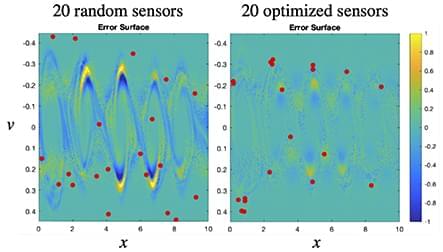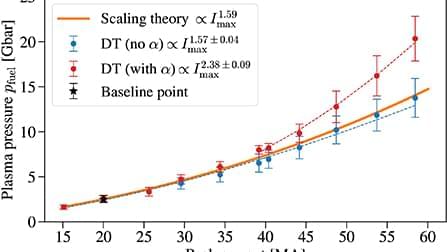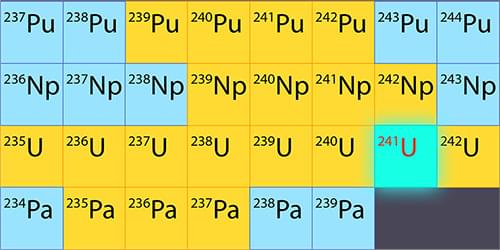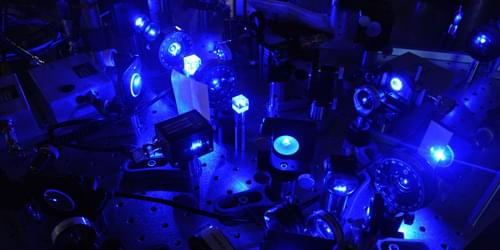Threat actors used a well-liked piece of corporate communication software from 3CX, according to security experts. In particular, reports state that a desktop client for the 3CX VoIP (Voice over Internet Protocol) service was used to specifically target 3CX’s clients.
It is believed that the attack is a multi-part process, with the first stage using a hacked version of the 3CX desktop application. Although the.exe file and the MSI package have the same name, preliminary research indicates that the MSI package is the one that may include DLLs that have been maliciously modified.
The beginning of the infection process occurs when 3CXDesktopApp.exe loads the ffmpeg.dll file. After that, ffmpeg.dll will read the encrypted code from d3dcompiler_47.dll and then decode it. It seems that the decrypted code is the backdoor payload that attempts to visit the IconStorage GiHub page in order to access an ICO file that contains the encrypted C&C server that the backdoor connects to in order to acquire the probable ultimate payload.









